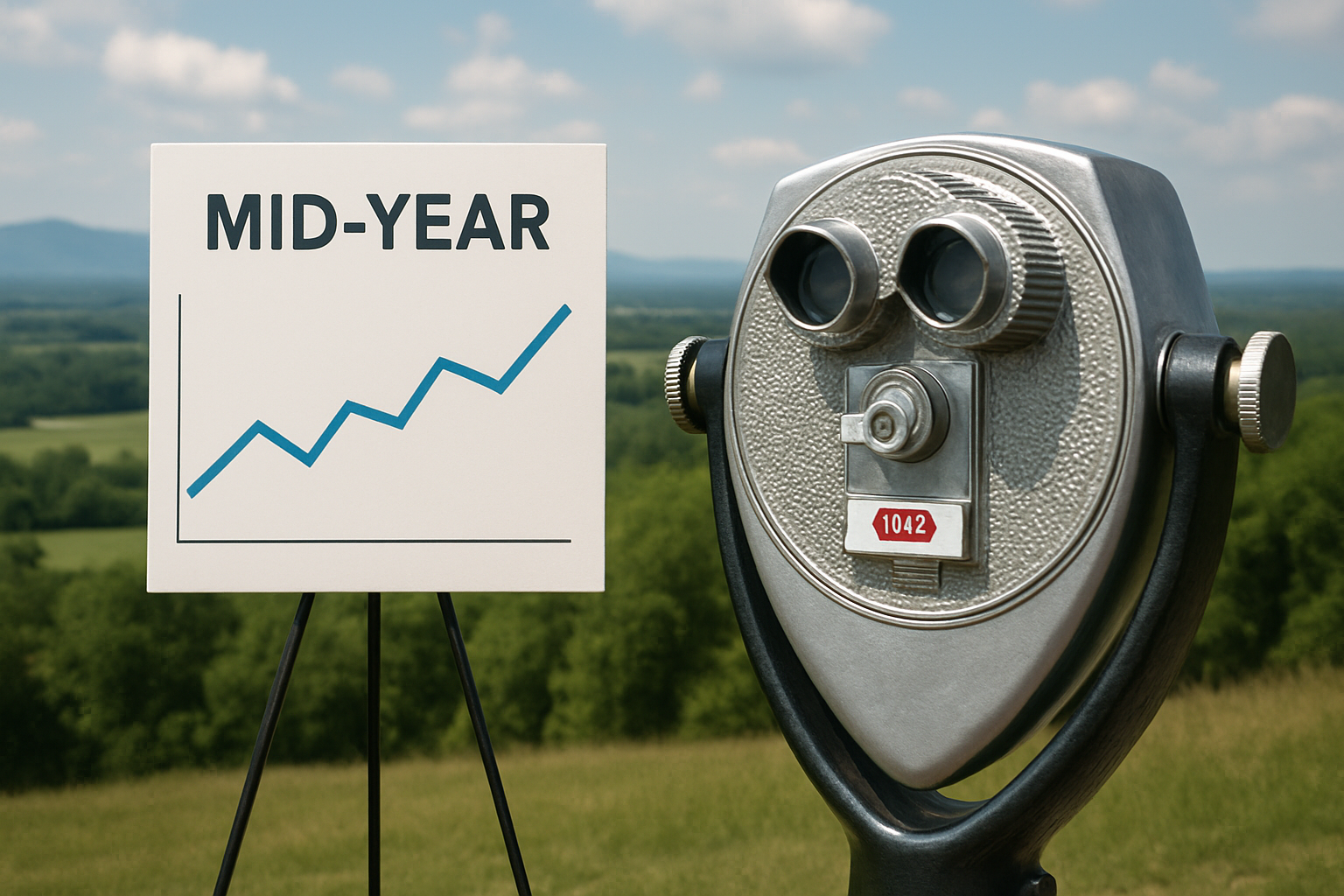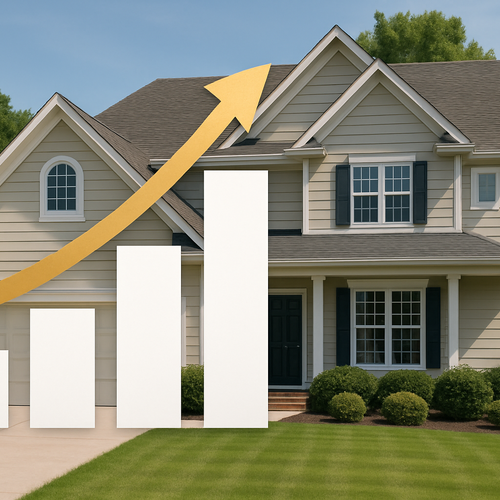It’s hard to believe we’re already halfway through 2025.
As we head into the second half of the year, one question keeps coming up: What’s next for the real estate market?
While no one has a crystal ball, leading economists from Fannie Mae, NAR, Zillow, and others have released their updated mid-year forecasts, and there are some key trends worth noting if you’re planning to buy or sell a home in the coming months.
Here’s what you need to know about where the market may be headed and how it could affect homeowners across the Triangle.
Home Prices: Small Gains, with Local Variations
Most experts agree that home prices will continue rising through the rest of 2025, but not by much. And in some parts of the country, prices are actually expected to dip slightly.
Here’s what the major forecasters are projecting:
Cotality: +4.3% (April 2025 to April 2026)
Fannie Mae: +4.1% in 2025
Home Price Expectations Survey: +3.3%
NAR: +3% in 2025, +4% in 2026
MBA: +1.3% in 2025, less than 1% in 2026
Zillow: -1.4%, a slight upgrade from their earlier -1.9% forecast
Nationally, higher-cost markets like parts of Florida, Texas, and Washington, D.C. are softening, while more affordable areas, especially suburbs in the Midwest and Northeast, are seeing steadier demand.
What this means for sellers here in the Triangle: If you're in a desirable area with strong schools, modern updates, or convenient access to the Triangle’s job centers, your home is likely to stand out even in a market with moderate price growth.
Home Sales: Slow and Steady Recovery
The good news? Home sales are expected to pick up in the second half of the year. The not-so-good news? It’ll be a slow climb.
Here’s what the latest projections show for existing home sales in 2025:
NAR: +6%, with a bigger 11% jump expected in 2026
Fannie Mae: +4.4% (about 4.24 million home sales)
MBA: 4.3 million sales
Zillow: +1.4% (around 4.12 million sales)
As more inventory comes online and mortgage rates begin to ease slightly, we’re seeing renewed activity in many markets. Still, competition remains high in certain price ranges, especially in the $500K–$900K range common in Cary, Apex, and Chapel Hill.
Mortgage Rates: Lower Than Last Year, But Still High
Let’s talk about the elephant in the room: mortgage rates.
If you’re holding out for rates below 5%, it may be a long wait. But the trend is heading in the right direction.
Here’s where rates are expected to land by the end of the year:
MBA: 6.6% by Q4 2025; 6.3% in 2026
NAR: 6.4% late this year; 6.1% next year
Fannie Mae: 6.1% by year-end; 5.8% in 2026
Lawrence Yun, NAR’s Chief Economist, says mortgage rates are the “magic bullet” for boosting market momentum. Lower rates could help unlock more inventory and bring first-time buyers back into the game, especially here in North Carolina where affordability is already stretched.
What This Means for Buyers, Sellers, and Homeowners
If you're planning to buy a home in the Triangle, now is the time to get financially ready. Prices aren’t expected to drop meaningfully, and mortgage rates, while improving, will likely stay above 6% this year.
If you're thinking about selling, the second half of 2025 could be a sweet spot. Inventory is improving, buyer demand is rising, and properly priced homes in good condition are still moving quickly, especially in high-demand areas like Holly Springs, Fuquay-Varina, and parts of Wake Forest.
And if you're a homeowner staying put, this is a great time to check your equity, update your home, or consider a HELOC to fund a renovation or investment opportunity.
Let’s Make a Smart Move
The truth is, national trends only tell part of the story. Local markets, like the Triangle, have their own unique rhythms. Even neighborhoods just a few miles apart can behave completely differently depending on price point, inventory, and buyer demand.
If you want a clear, no-pressure breakdown of what’s happening in your specific area, or you're weighing the best time to buy, sell, or invest, I'm here to help.
Reach out to me directly at any time. Let’s talk about your goals and how to make the second half of 2025 work for you.
Thanks for reading!
Brandon Yopp



